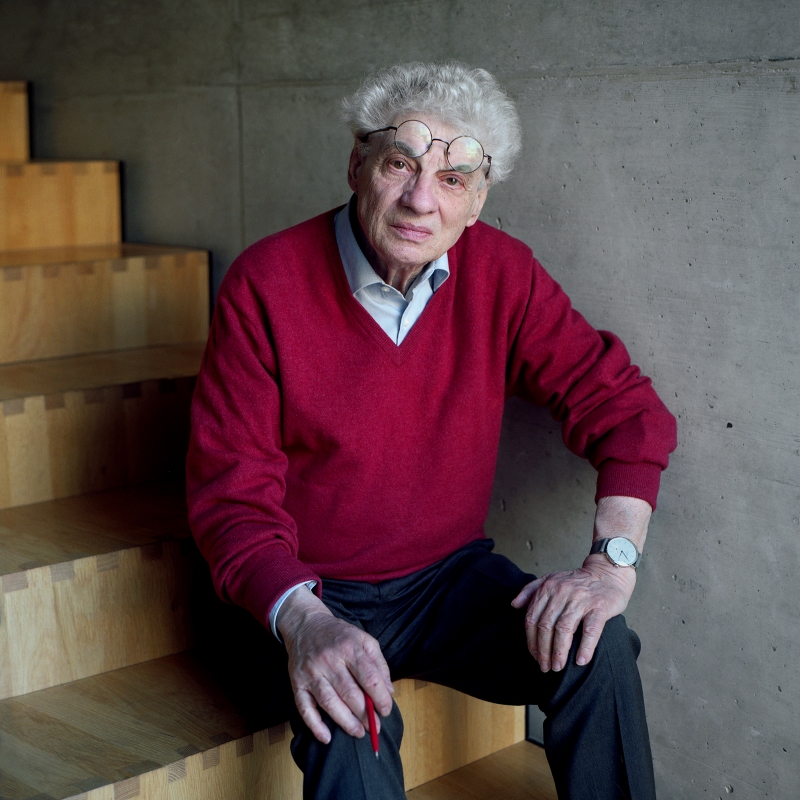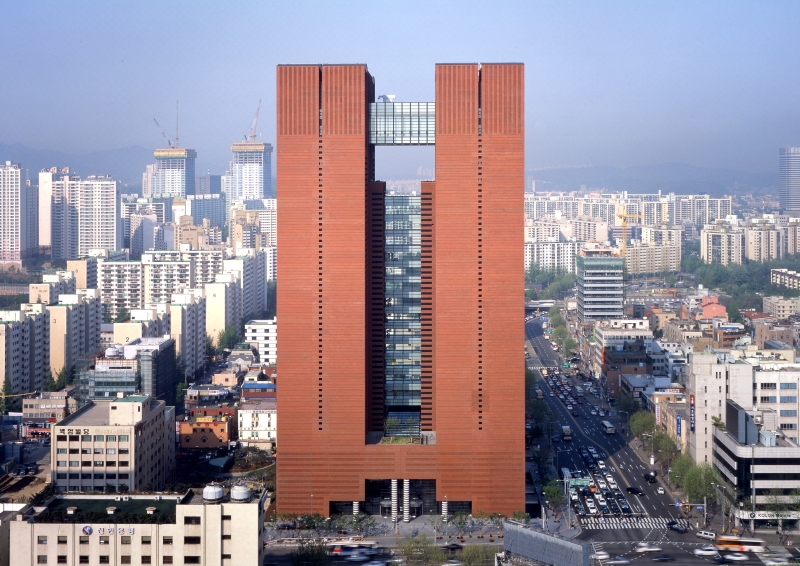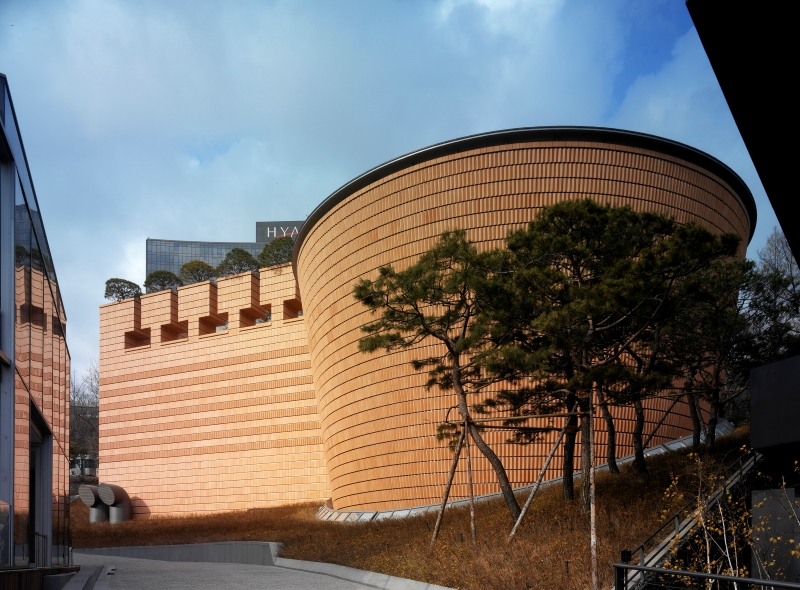- 한국어
- English
- 日本語
- 中文
- العربية
- Español
- Français
- Deutsch
- Pусский
- Tiếng Việt
- Indonesian
By Honorary Reporter Foteini Chatzoudi from Greece

Swiss architect Mario Botta (Flavia Leuenberger Ceppi)
In Korea, he designed the Leeum, Samsung Museum of Art and Kyobo Tower in Seoul and the Shrine of Our Lady of the Rosary of Namyang in Hwaseong, Gyeonggi-do Province. On Jan. 10, he received in Seoul the Stepping Stone Bridge Award from the Corea Image Communication Institute (CICI), an accolade honoring a foreign national for building ties between Korea and the world.
The following are excerpts from an email interview with Botta from Jan. 16-23.
What historical or cultural influences have inspired your architectural designs?
First, I am from a rural environment, a small village in the canton of Ticino. My adolescence was influenced by women like my mother, maternal grandmother and aunts. Second, I worked as an apprentice at an architecture practice in Lugano, where I discovered my passion for architecture.
I completed my studies at the Art School in Milan (Italy) and Iuav University in Venice. I also got to meet Le Corbusier, Carlo Scarpa and Louis Kahn, who represented three extraordinary moments of modernism. In any case, I cannot list all that I consider my innumerable "debts of gratitude."

Kyobo Tower, which was designed by Swiss architect Mario Botta, is located in Seoul's Seocho-gu District. (Park Young-chea)
The first was Kyobo Tower in Seoul's Seocho-gu District at the request of then Kyobo Life Insurance President Shin Yong-ho. It took a long time as the project started in 1989 and was completed in 2003.
What has impressed you about Korea's rapid architectural transformation?
The speed. Every time, I found a city (in my case Seoul) altering its spatial relations and urban density. I found a renewed part of the city at the same time.
How do you feel about getting the Korea Image Stepping Stone Bridge Award?
I consider the prize a great honor from CICI, which brings together personalities from all sectors of society (politics, economics, culture, science and communications) to convey Korea's true image to the world.

Leeum Museum of Art, which was designed by Swiss architect Mario Botta, is located in Seoul's Yongsan-gu District. (Pietro Savorelli)
I embarked on the adventure of the construction of this museum with my colleagues Rem Koolhaas and Jean Nouvel. I handled the Museum for Ancient Art and Museum 1, the space for displaying traditional Korean art. The project required turning a residential quarter on a hill into a cultural center for the city.
What is architecture to you?
I've always considered architecture a form of art, something that transforms a condition of nature into one of culture. Architecture copes with the organization of our living space and is always the formal expression of human history.
What is the best advice you have to young architects?
Work, work, work.
jihlee08@korea.kr
*This article is written by a Korea.net Honorary Reporter. Our group of Honorary Reporters are from all around the world, and they share with Korea.net their love and passion for all things Korean.